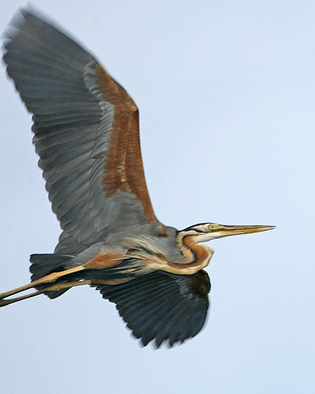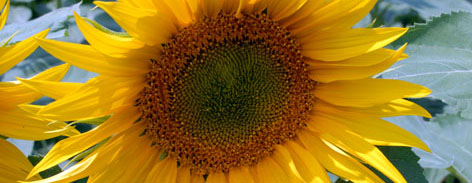BriÈre regional natural park
parc naturel rÉgional de briÈre
Inland, to the north of St Nazaire, lies the Parc Naturel Régional Brière (La Grande Brière), a 20,000-hectare area of peatland, reed beds, floodplains, canals, lagoons and watercourses second in importance only to the Camargue.
These marshes (marais in French), through which near-silent trips in flat-bottomed boats are organised, are a delight for bird watchers, with more than 200 species recorded annually including such delights as nightingale, purple heron, egret, spoonbill, bluethroat and numerous warblers.
In the past, this whole area was afforested, and inhabited by Neolithic man. But he was forced out when the sea level rose. This in turn allowed the marshes to form, as a result of which many of the trees died and the vegetation decomposed to form peat. Still used for cattle grazing and peat extraction during the late summer when much of the water has gone, large areas have, however, been progressively abandoned by man, and this has led to colonisation by reeds, willows and elms. From time to time large chunks of fossilised tree emerge, more than 5,000 years old, known as mortas and somewhere in constitution between petrified wood and rock.
Today, the reeds are a ready supply of roofing material, as evidenced by the thousands of thatched cottages found in the many small villages and hamlets that dot the reserve area.
There is a great peace among the reed beds, especially when you are being punted along by the broad shoulders of a guide. But out in the middle of the marsh, where one clump of reeds looks very much like another, you become acutely conscious of how reliant you are on the man heaving the boat along to get you back to dry land.
Alas, fresh-water crayfish are doing a good deal of damage to the vegetation; they are voracious and virtually unstoppable. So, given the chance to eat crayfish (écrevisses) on a menu, tuck in heartily, in fact, have a second dish of them; it’s a conservation issue – actually they are rather delicious, served poêlée with garlic butter.
Also destructive of this precious habitat is the coypu, a semi-aquatic rodent, native to South America. Its destructive feeding and burrowing patterns make this an unwelcome, invasive species. In places it is trapped for its fur, while its prominent teeth end up in necklaces.
SEARCH THIS WEBSITE

VISITOR INFORMATION
Tel: 02 40 66 85 01
www.parc-naturel-briere.com


